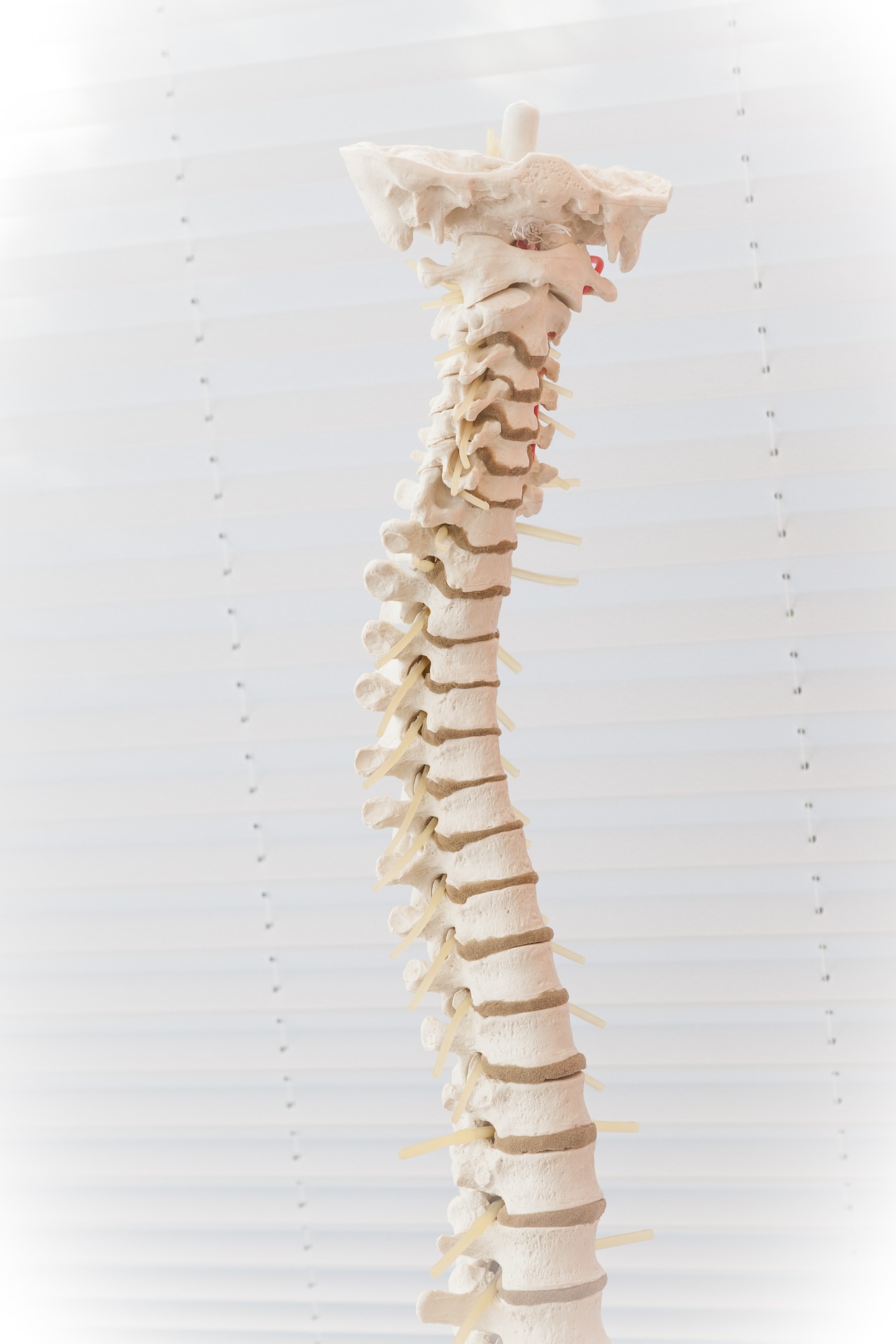Is This How Osteoporosis Will be Treated in the Future?
Osteoporosis continues to plague millions of Americans.
The condition leaves many unable to move properly and exposes them to an increased risk of fractures and poor health.
The good news is there are several new treatments being developed which might promise a decrease in the risk of these health-altering fractures.
The Scripps Research Institute has discovered an exciting potential treatment therapy which could increase the body’s ability to create healthy, strong bones.
The researchers have been focusing on a particular protein called PPARy and how it affects mesenchymal stem cells found in bone marrow.
Mesenchymal cells found in bone marrow have the potential to develop into several different type of cells as they form. They can either become fat cells, connective tissue, bone, or cartilage.
What the researchers were attempting to see is if a partial loss of PPARy would work to increase the number of bone cells formed in the body. In
Previous research in mice revealed when PPARy protein cells were diminished in number it allowed the mice to grow more bone cells.
Scientists at the Scripps Institute set up a protocol using a number of different biological mechanisms to create a compound capable of actively repressing PPARy.
The Institute reported that their findings were quite encouraging:
They said:
“The results showed that when human mesenchymal stem cells were treated with the new compound, which they called SR2595 (SR=Scripps Research), there was a statistically significant increase in osteoblast formation, a cell type known to form bone.
‘These findings demonstrate for the first time a new therapeutic application for drugs targeting PPARy, which has been the focus of efforts to develop insulin sensitizers to treat type 2 diabetes,” said Patrick Griffin, chair of the Department of Molecular Therapeutics and director of the Translational Research Institute at Scripps Florida. “We have already demonstrated SR2595 has suitable properties for testing in mice; the next step is to perform an in-depth analysis of the drug’s efficacy in animal models of bone loss, aging, obesity and diabetes.’
In addition to identifying a potential new therapeutic for bone loss, the study may have even broader implications.
‘Because PPARG is so closely related to several proteins with known roles in disease, we can potentially apply these structural insights to design new compounds for a variety of therapeutic applications,’ said David P. Marciano, first author of the study, a recent graduate of TSRI’s PhD program and former member of the Griffin lab.
‘In addition, we now better understand how natural molecules in our bodies regulate metabolic and bone homeostasis, and how unwanted changes can underlie the pathogenesis of a disease.’ Marciano will focus on this subject in his postdoctoral work in the Department of Genetics at Stanford University.”
The revelation of the high performance of SR2595 reveals how hopeful scientists are this is could be a possible medical treatment for the future.
The researchers, and, now having observed its effectiveness in mice will begin tests in larger animals to see how the treatment performs with them.
However, the treatment isn’t being green-lighted for human trials yet, so it’s likely a long time before we see it make it into modern medicine, if we ever do. And in a
One thing we do know is that much of the research on osteoporosis ignores one common factor.
The lack of Vitamin K2 in the diet.
It is known when Vitamin K2 is included in diet it works synergistically with the body to help strengthen bones.
Vitamin K2 activates several processes in the body which cause calcium to be drawn into the bones and teeth, where it’s then able to strengthen them from the inside out.
100% drug free.
Talk soon,
Dr. Wiggy
www.HealthAsItOughtToBe.com


